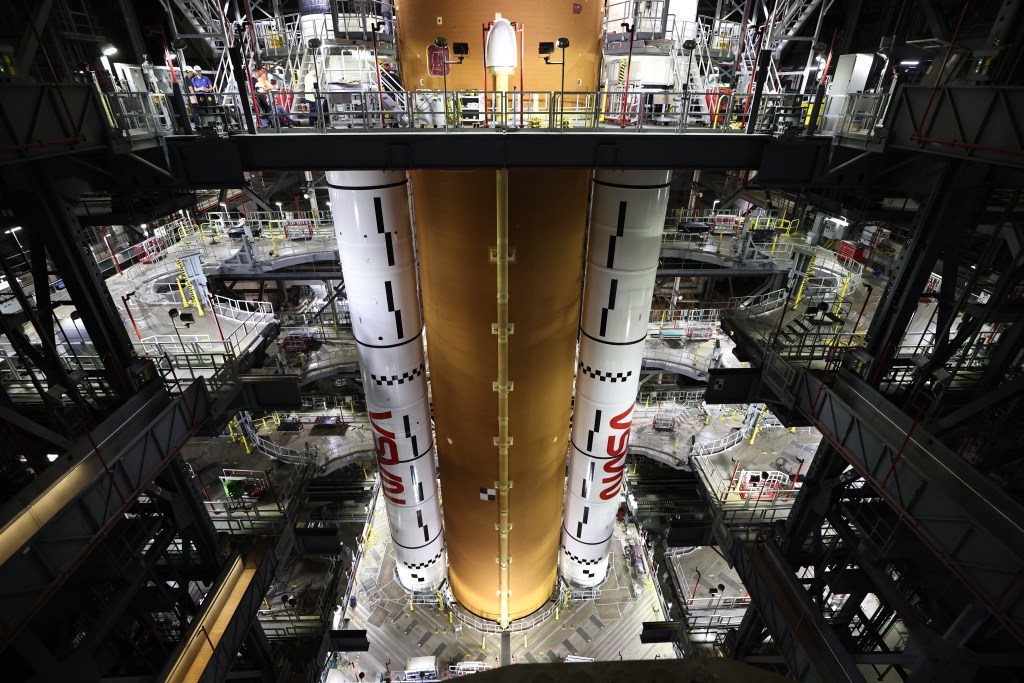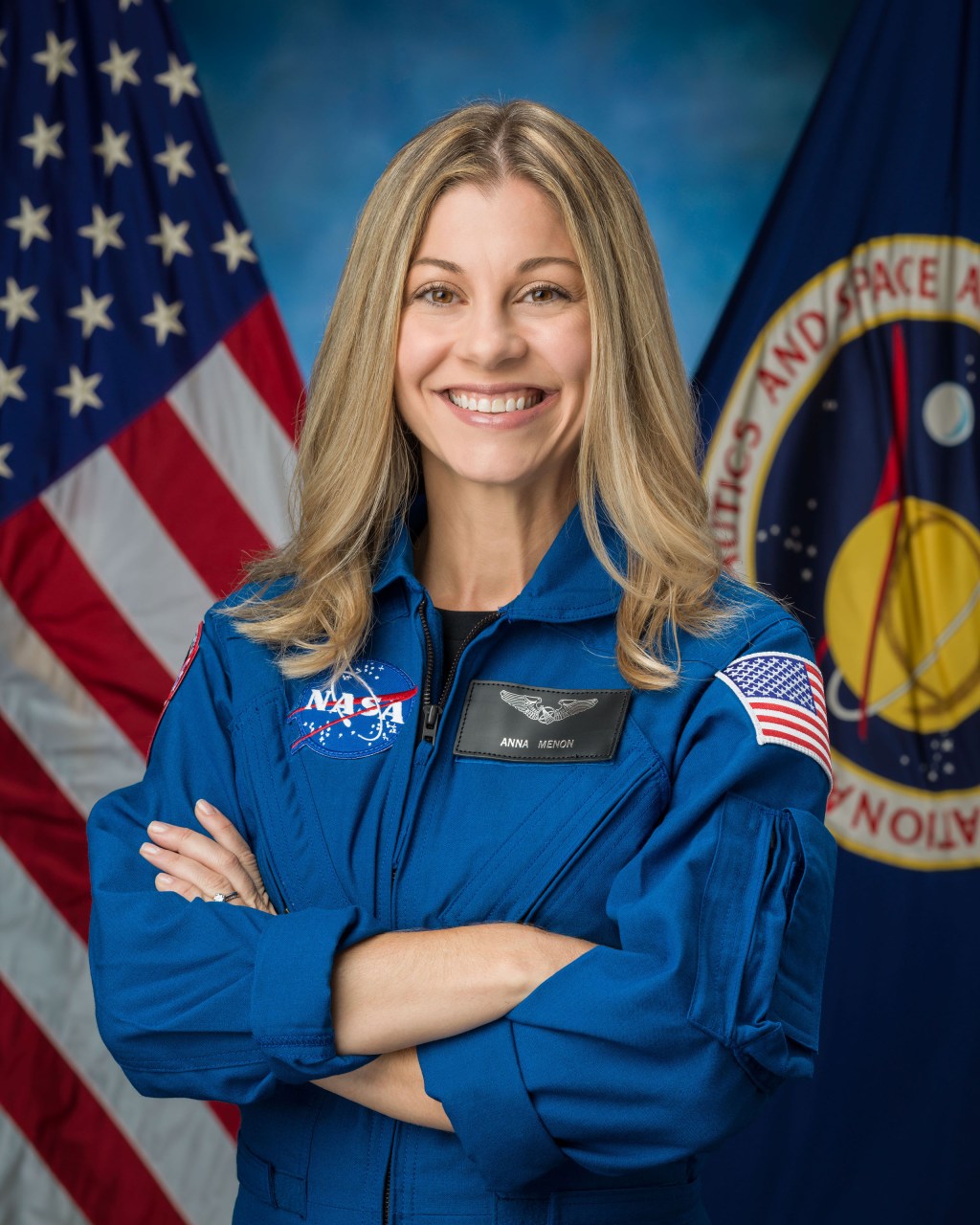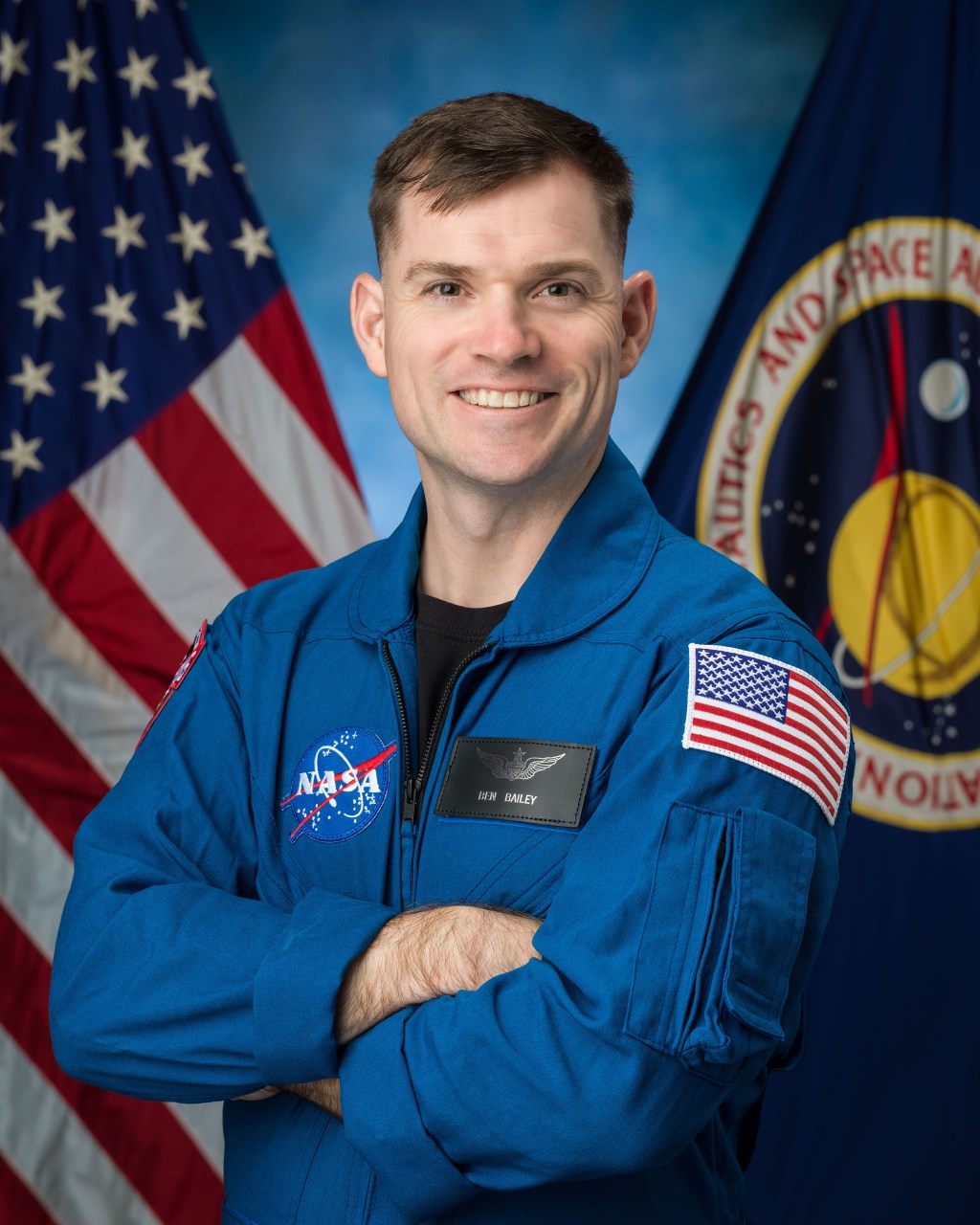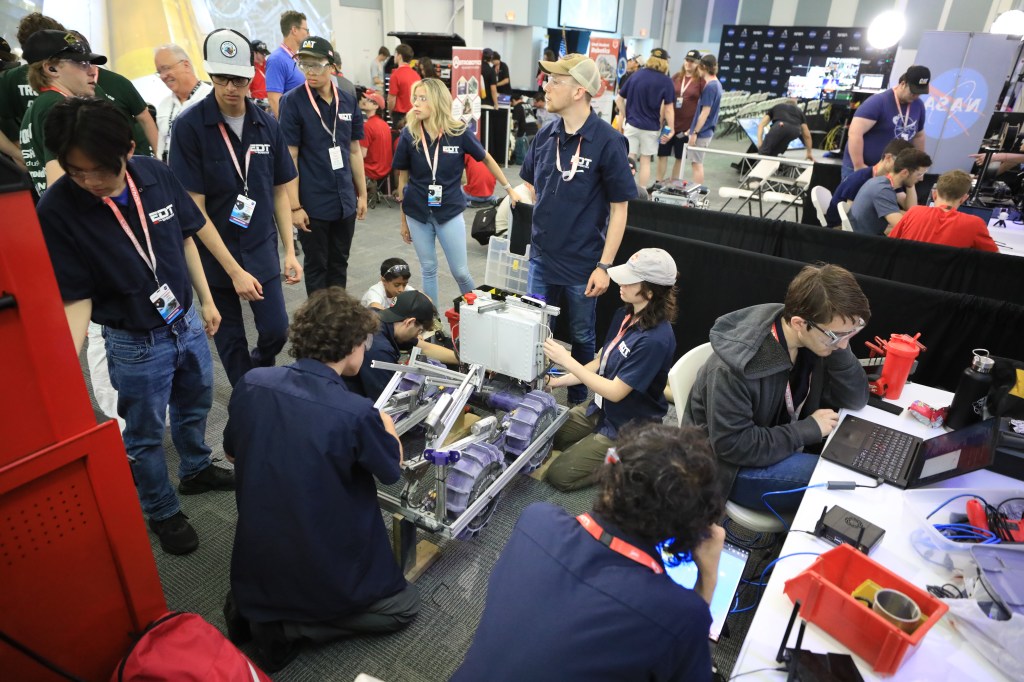An 18-year-old high school senior has won a $250,000 prize for calculating the potential for finding more planets outside our solar system, called exoplanets, using data from NASA’s Kepler space telescope.
Kepler, whose mission ended in 2018, discovered over 2,600 confirmed exoplanets, with thousands more candidate planets still being considered. But are there more planets that have yet to be found around stars Kepler looked at, leaving traces in the telescope’s data? Ana Humphrey, a student at T.C. Williams High School in Alexandria, Virginia, has developed a mathematical model to find out. Her work calculated that there could be as many as 560 of these hidden planets and identified 96 areas of the sky where they might be found.
For this research, Humphrey recently won first-place in the Regeneron Science Talent Search, the oldest science and math competition for high school seniors in the United States. As a Cuban-American student, she is the first Hispanic winner of the top award in the last 20 years.
“I think it’s hard for a lot of students to see themselves doing something like astrophysics,” said Humphrey. “I hope my background will allow me to connect with students, especially Hispanic students, and get them to think about going into science.”
For Humphrey, winning this award is a dream she’s had since the sixth grade and the culmination of two years of research. Her inspiration for the project was the idea that new worlds could be discovered based on data from other objects, before being directly observed. Neptune, for example, was discovered in 1846 by looking at data from Uranus and its orbit, and there have been recent predictions of a hypothetical ninth planet beyond Pluto, based on the orbits of objects at the very edges of our solar system. Using this concept to search for exoplanets was a natural next step, she said.
“I was completely fascinated by this idea of finding new planets using mass, based on data that we already had,” said Humphrey. “I think it just shows that even if your data collection is complete, there’s always new questions that can be asked and can be answered.”
We know exoplanets are abundant – in fact, thanks to Kepler, we know there are more planets than stars in our galaxy. But in order to detect a planet, Kepler had to observe repeated dimmings of the brightness of a star as a planet passed by. This is called the “transit method.” There are many planets left to be found that do not “transit” from the viewpoint of our telescopes, which means Kepler could not have found them. But Kepler data can lead to later discoveries of more planets that weren’t immediately obvious.
Astrophysicist Elisa Quintana at NASA’s Goddard Space Flight Center, Greenbelt, Maryland is working with Humphrey as her mentor, exploring the idea that more planets could fit into systems that are already known. Quintana, who worked on the Kepler mission, also led the first discovery of an Earth-size planet in a habitable zone: Kepler-186f. The habitable zone is the area around a star where a planet could host liquid water. Kepler-186, a red dwarf star, is known to have five planets, but could potentially have more.
“Take a system like Kepler-186,” Quintana said. “When we discovered the system, we noticed a big space between the four planets really close to the star and outer planet, enough where there could be another planet the size of Earth.”
Many multi-planetary systems have similar gaps with the potential to house hidden Earth-size planets. Humphrey’s research aims to find out how many extra planets could fit into these systems, without disrupting the orbits we can observe.
Her mathematical model places an “imagined” planet between two known exoplanets discovered by Kepler. Then, she uses two equations to describe how tight the space between the imagined planet and its two neighbors can be without disrupting their orbits. From this, she can use simple algebra to derive the possible mass and orbital distances of the hypothetical hidden planet. Using statistics, this model can determine not just if such a planet could exist, but the likelihood it’s actually there. When this technique is applied on the scale of a multi-planet star system, it reveals all the places planets might be hidden, and what those planets might look like.
Humphrey designed her model so that it can be quickly applied to any exoplanet database. That means as more data comes in from the Transiting Exoplanet Survey Satellite (TESS), NASA’s active planet-hunting spacecraft, and other future missions, scientists can predict which planetary systems may have hidden planets there as well. She will continue working with Quintana to explore how likely it is that the hidden planets exist, and whether they can be detected with additional observations from other telescopes.
Even before embarking on an astrophysics degree next year, Humphrey has already added an instrumental piece to the puzzle of searching for another life-harboring Earth in the cosmos. She plans to put her prize money toward her education and future research.
“My goal going into any project is always to be the best scientist that I can be, to do the best research that I can do,” said Humphrey. “To get recognized by such a great award… I feel incredibly honored.”
NASA's Ames Research Center in California’s Silicon Valley manages the Kepler and K2 missions for NASA’s Science Mission Directorate. NASA's Jet Propulsion Laboratory in Pasadena, California, managed Kepler mission development. Ball Aerospace & Technologies Corporation operated the flight system with support from the Laboratory for Atmospheric and Space Physics at the University of Colorado in Boulder.





































